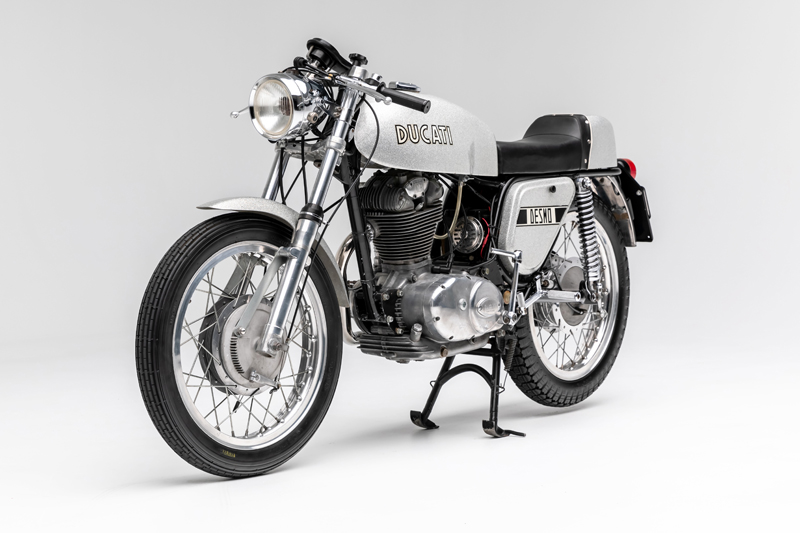
Like a glitter blast from a time-warp disco cannon, the “Silver Shotgun” exhibit at the Petersen Automotive Museum celebrates the amazing period of the 1960s and 1970s in Italian design, with a unique selection of motorcycles, cars and art objects. The exhibit’s name refers to the paint scheme of the 1971 Ducati 350 Desmo, a factory café racer with enormous chunks of silver metal flake embedded into its fiberglass gelcoat, that proved to be the herald of a new era. “Silver Shotgun” explores the relationship between cutting-edge Italian motorcycles, their connection to automotive design and an avant-garde artistic thread that made Italian industrial design explode with color, energy and competitive vigor.
The Italian motorcycle industry, much like its automotive industry, has long been characterized by elegance in design balanced against obsession with racing. Those trends reached a pinnacle in the 1970s for Italian motorcycles, which led the world in styling, performance and top speed, with more masterpieces produced by more factories within that decade than any other. Ducati, Moto Guzzi, MV Agusta, Laverda, Bimota and Benelli made breathtakingly gorgeous motorcycles that were the fastest and best handling in the world.
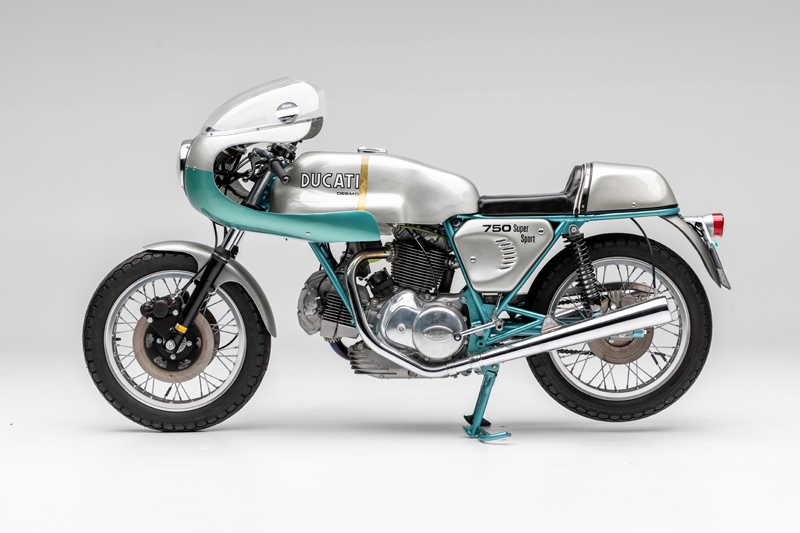
1974 Ducati 750 SS Imola. 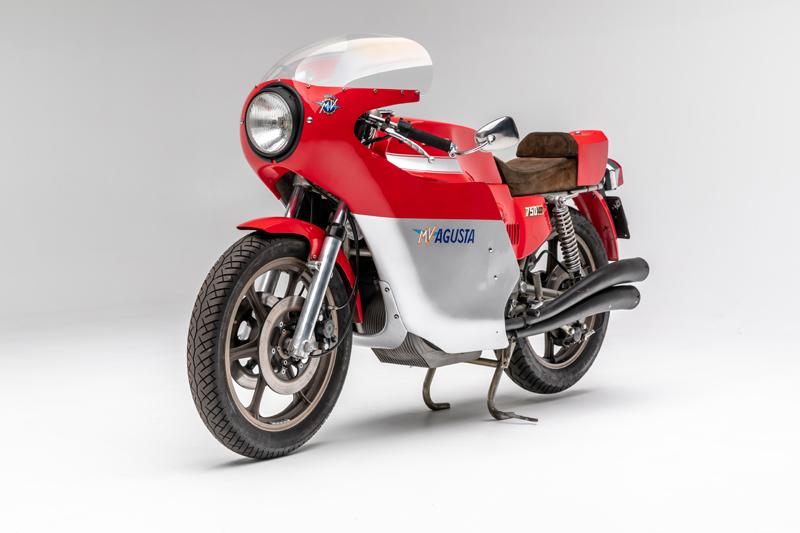
1977 MV Agusta 750 S America.
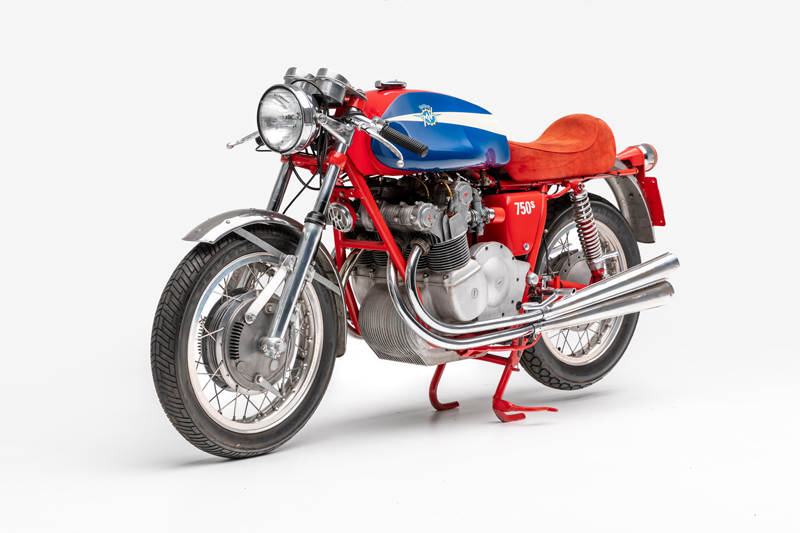
An unlikely trajectory led Italy to lead the world in design, as the country arrived late to the industrial development party. It leapfrogged the rest of Europe aesthetically with the 1909 publication of the “Manifesto of Futurism” by Filippo Marinetti, a manically radical tract celebrating all things mechanical, noisy and fast as the essence of modernity. The Futurists invented modern painting, music, film, poetry, book design and performance, and their influence led to other art movements, from Cubism and Dada to Performance Art. Reading his manifesto, it’s no surprise Marinetti was a friend of Mussolini and contributed to the “Fascist Manifesto.” Mussolini’s rise in 1921 led to state control of Italian industry as well as a massive investment in manufacturing and infrastructure. The new “autostrada” road system made long-distance travel by car or motorcycle a high-speed affair, although much of that development was destroyed during Italy’s late yet disastrous entry into World War II. With much of its industry decimated, it took an influx of American cash (via the Marshall Plan), plus a rare instance of national unity among trade unions and political parties, to get the country back on its feet after the war.
Amazingly, by 1948 Italy had regained the same industrial production levels as before the war. GDP doubled between 1950 and 1962, a period called “il miracolo economico.” By 1971, per capita income of Italians had trebled and demand for consumer goods skyrocketed. Italian companies satisfied ever-increasing demands for transportation with stylish, inexpensive motorcycles and cars. Almost all Italian motorcycles and scooters of the post-war era were small-displacement machines, with the 175cc class being the most hotly contested in 1950s racing. Italian design blossomed in the 1950s and ’60s as well, with names like Pucci, Gucci, Olivetti, Ferragamo, Cassina, Maserati and Ferrari becoming the chicest brands in the world. A heady mix of sexy styling and domestic social revolution put Italian products at the sharp end of global design.
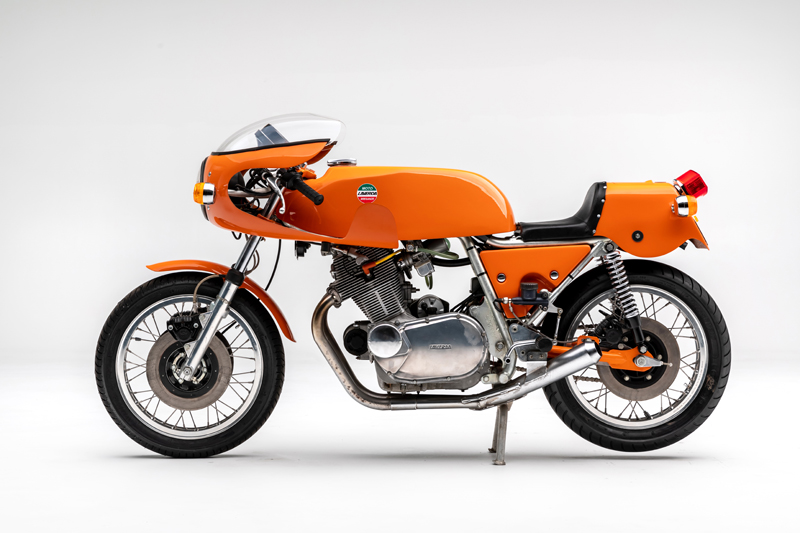
1974 Laverda SFC. 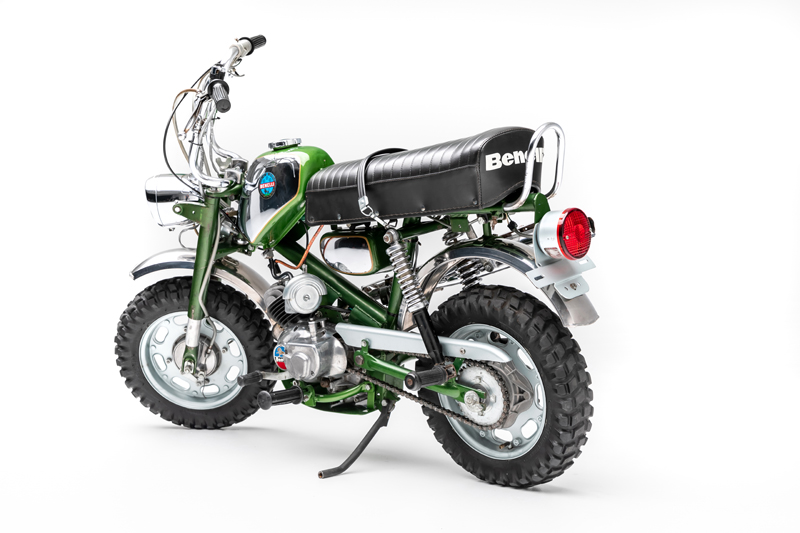
1971 Benelli Dynamo Trail.
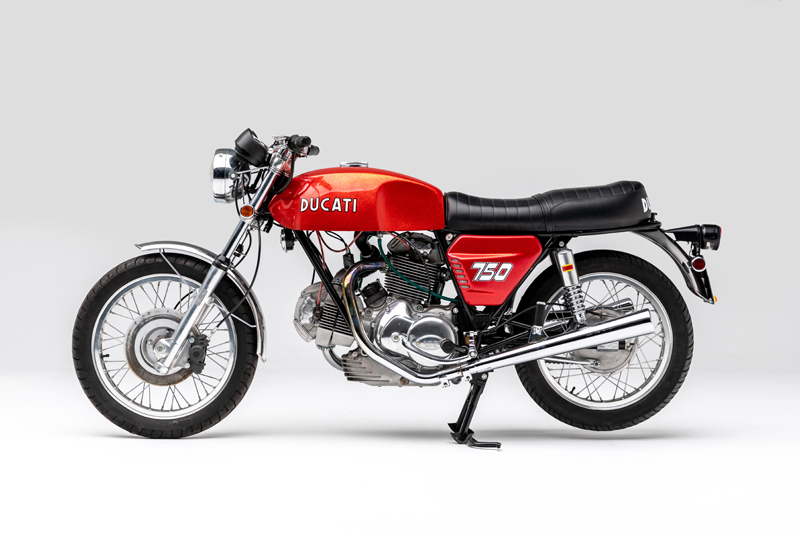
Motorcycle manufacturers like FB Mondial and MV Agusta could, at the time, be described as racing teams with a street bike problem. Such focus brought Grand Prix World Championships and exquisite technical design, but was hardly profitable. While FB Mondial shone in the 1950s, at times winning every race on the GP calendar, by the late 1960s it placed all its energy into lightweight motorcycles for the street and dirt. The 1971 Mondial 48 Cross V4 is a perfect example of why Italian design was the envy of teenagers, as this little dirt bike was surely the most beautiful in the industry, with perfect proportions enhanced by a gorgeous metallic paint scheme.
MV Agusta is another matter entirely, embracing the trend towards large-capacity motorcycles in the 1970s with its amazing 750cc four-cylinder “Gallarate fire engines,” the ultimate factory café racers of the era. MV Agusta was the private domain of Count Domenico Agusta, who guarded his racing technology jealously but teased a street version of his four-cylinder racers as early as 1951. This was everything fast riders wanted: Grand Prix technology for everyday riding, but it wasn’t until 1970 that MV produced a large street bike with enough of the race team’s DNA to excite red-blooded motorcyclists. The 1973 MV Agusta 750 Sport, with its jellybean fuel tank, “tricolore” paint job and four exhaust pipes was a sensation. It remains at the top of everyone’s “best of” list, along with its brethren, also seen in the exhibit — a 1973 350B Sport Elettronica and a 1977 750 S America — both kissing cousins to World Champion Giacomo Agostini’s MV racers. Breathtakingly expensive then and now, MV Agusta deserves the nickname “Ferrari of motorcycles” due to price, rarity, desirability and 37 Grand Prix World Championships.
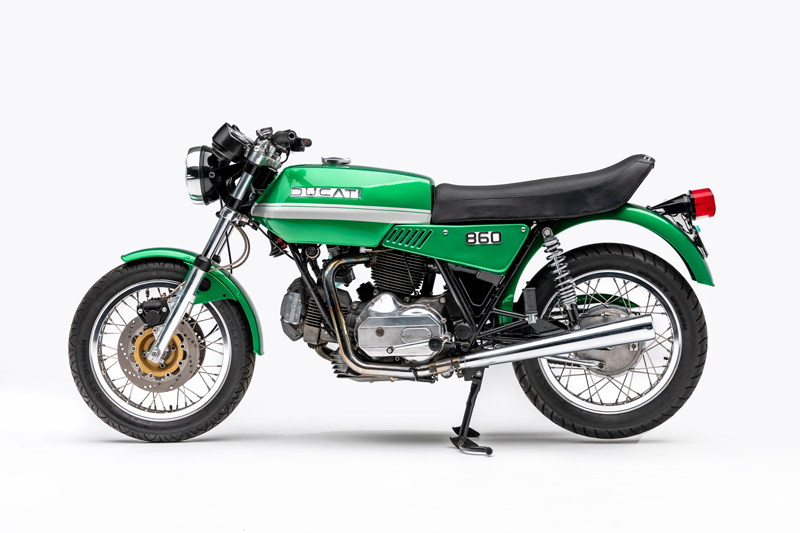
1975 Ducati 850 GT. 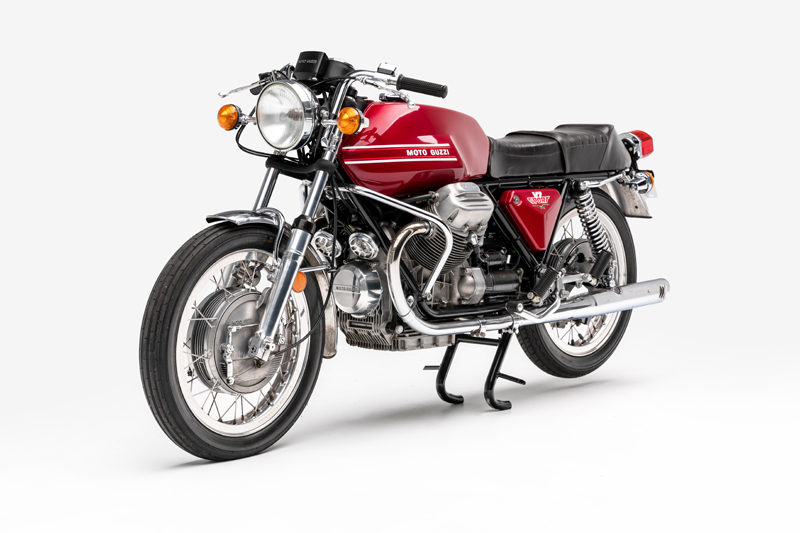
1975 Moto Guzzi V7 Sport.
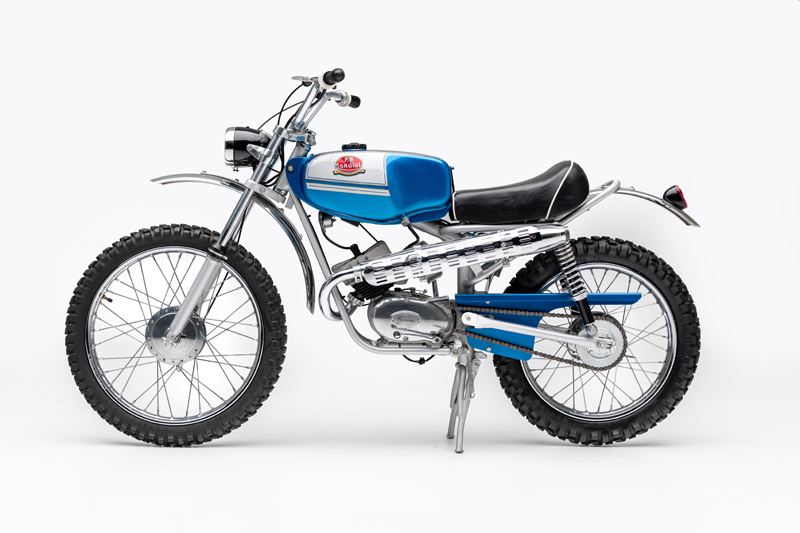
The rise in general affluence in Italy by 1970 was partly due to women becoming a critical part of the workforce in the 1950s. By the 1960s they attended secondary schools in droves. Amazing for a Catholic country, divorce was legalized in 1970, followed by contraception in 1971, leading to a drastic drop in Italy’s birth rate. Part of women’s liberation came from mobility, which manufacturers of small motorcycles, scooters and autos were eager to exploit. The 1970 Mondial Lady Nova in the exhibit is a perfect example, proportioned to be as unintimidating as possible and stylishly well-made despite being a budget machine.
Of all the small factories born from the ashes of World War II, only Ducati remains a significant player in the global market today. The exhibit’s namesake, the 1971 Ducati 350 Desmo, was a herald of great things to come, namely Ducati’s distinctive 750cc V-twins. While the 1972 750 GT was an exceptional road motorcycle, the gem on display in the exhibit is the only extant original-paint factory 750 Imola racer of that year, one that transformed Ducati’s fortunes. The factory arrived at the 1972 Imola 200 race with six new desmodromic V-twins in a glass-sided transporter, and backed up this bravado when Paul Smart trounced the field in a globally televised victory. Ducati followed up with the 1974 750 SS Imola replica, the fastest road-legal production motorcycle in the world. On display beside it is a rare instance of an automotive designer turning his hand to two wheels, with Giorgetto Giugiaro’s 1975 860 GT. Its squared-off styling proved anathema to bikers, and nearly killed the company.
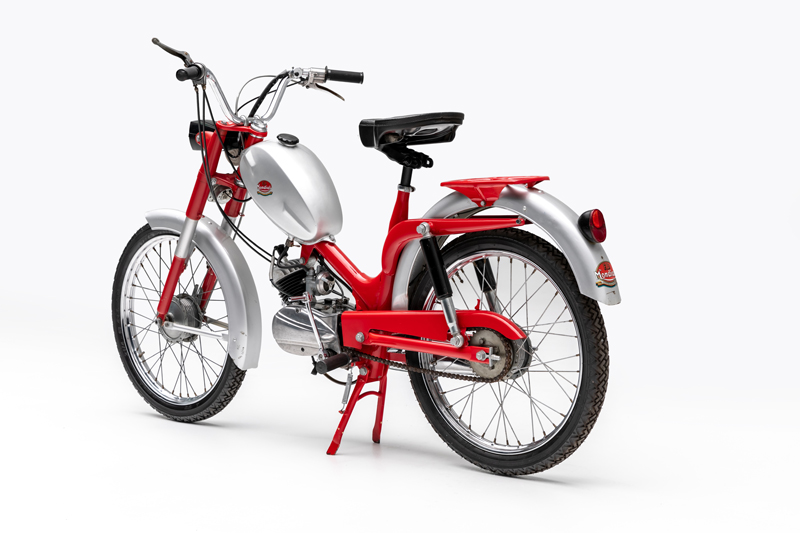
1970 Mondial Lady Nova. 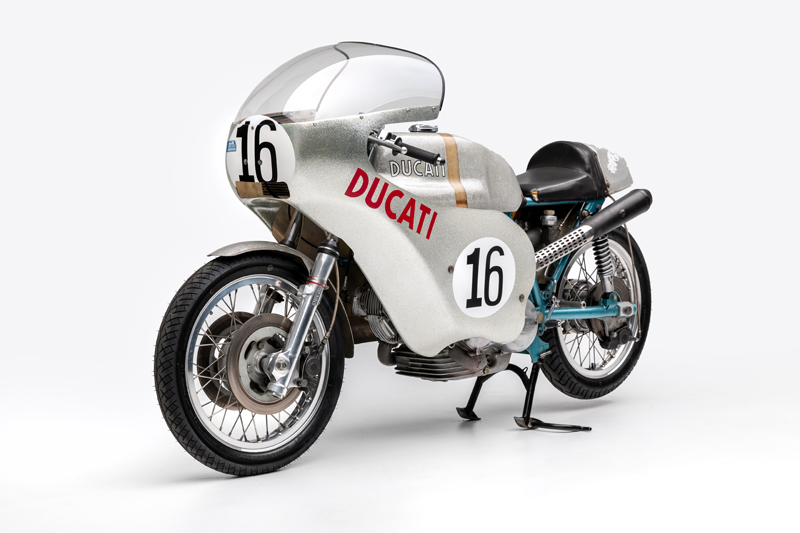
1972 Ducati Imola 750 Racer.

“Silver Shotgun” also includes iconic designs from Benelli (a 65cc Dynamo Trail and a 250 Quattro), Laverda (the sleek production racing 750 SFC), Moto Guzzi (the classic V7 Sport) and two examples of the world’s finest hand-built motorcycles, Bimota’s 1977 SB1 racer and 1978 SB2 roadster. The SB2 is the most outrageously exotic motorcycle in the exhibit, with a chassis entirely hand-fabricated by a GP-winning team, incorporating innovations the rest of the motorcycle industry took years to adopt. The build quality of the SB2 is astounding, and the machine is clad in the most flares-and-sideburns bodywork this side of a chopper.
The sculptural quality of the two Bimotas shows a clear lineage to the spirit animal of the exhibit, the late Luigi Colani, a future-dreamer turned industrial designer, whose predilection for mixing erotic shapes with advanced technology was beyond the pale in the 1950s, groovy in the 1960s and marketed in the 1970s and ’80s. Colani’s manifesto “YLEM” sits in a custom red plastic case, its pages filled with astro-bunnies frolicking in zero-gravity spherical hot tubs, scenarios for future transit and housing, and eye-popping product designs, some of which were actually built. Beside it, Colani’s life-size fiberglass sculpture “Study for a Centaur Frog” (1972) is one of many motorcycle studies,
real or sculptural, he produced, including a streamlined Egli land speed racer and an aggressive Münch Mammut custom. With his “Centaur” displayed beside the Bimota SB2, the close relationship in the 1970s between fantasy and reality is clear, something the Futurists would have understood completely.
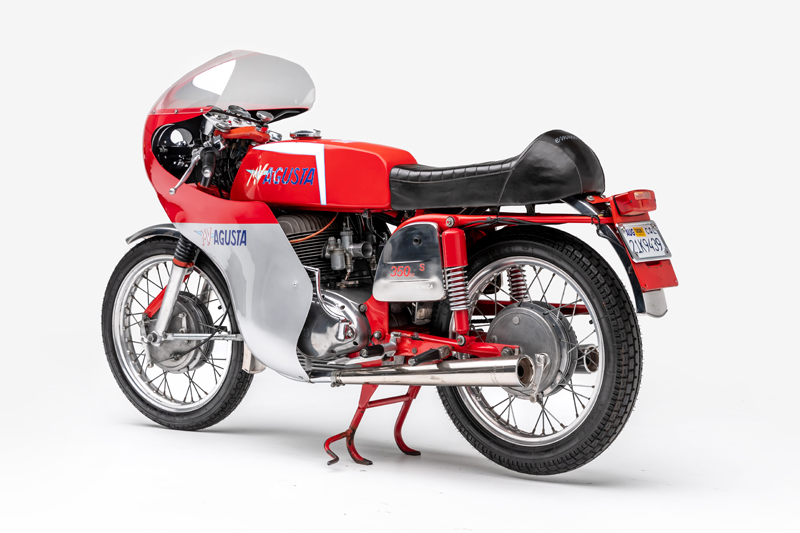
1973 MV Agusta 350B Sport Electtronica. 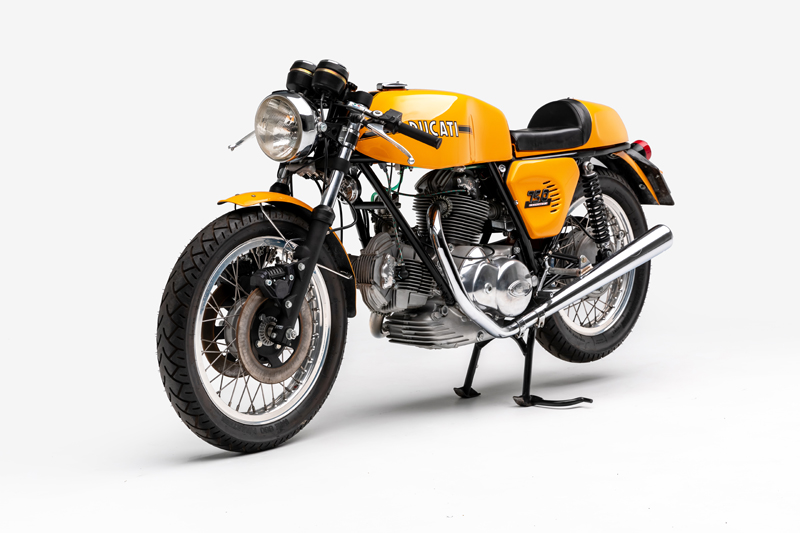
1974 Ducati 750 Sport.
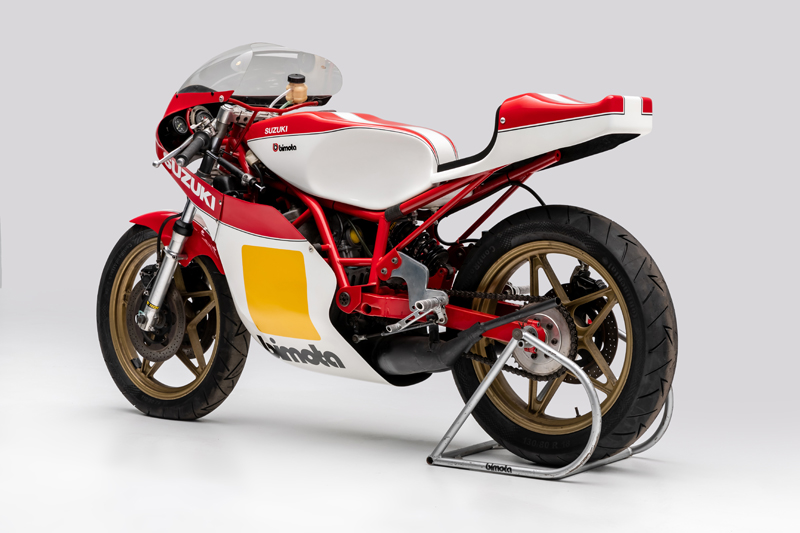
It’s been my tremendous pleasure to guest curate the past three motorcycle exhibits in the Richard Varner Family Gallery at the Petersen, including “Custom Revolution” and “Electric Revolution.” “Silver Shotgun” was produced by the Motorcycle Arts Foundation (MAF) and Sasha Tcherevkoff, and supported by the Stuart Parr Collection, with motorcycles also loaned by John Goldman, John L. Stein, Paul Murphy and Jeff Solberg. Because the Petersen Automotive Museum has been closed due to the pandemic, the exhibit has been extended through June 2021. Please visit petersen.org for more info.
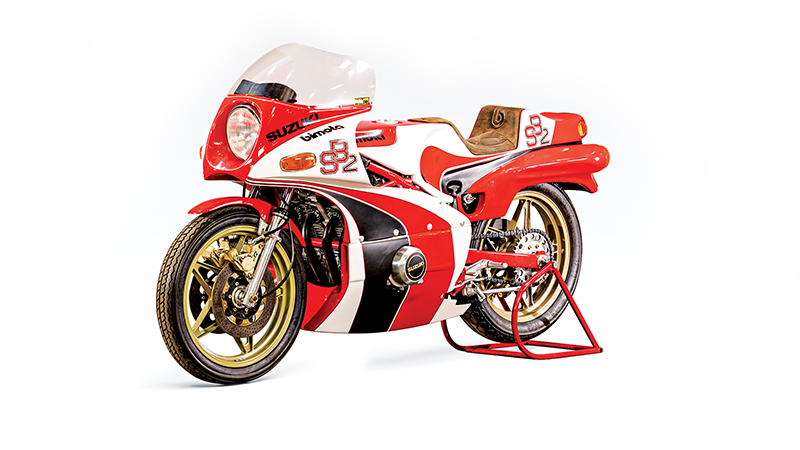
The Vintagent
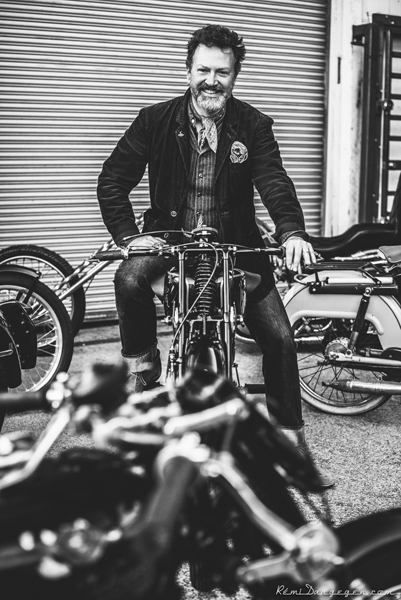
In late 2006, online blogs were just gaining traction. As a lifelong motorcycle nut with boxes of rally photos and thousands of moto-books on my shelves, I joined the fray to share my obsession. The Vintagent was a natural handle, being ’30s-era British slang for anyone deeply into old cars and motorcycles. At the time, I traveled extensively, chasing rare two-wheeled treasures from Europe, Australia and South America: Brough Superiors, Zeniths and racing BMWs, Velocettes and Nortons from the 1920s were my bag. I made my living as a decorative paint contractor, but within a few months The Vintagent hit the heady readership of 500 unique visitors per day, and a new career was launched. In 2010 The Vintagent became a full-time gig and led to regular writing for major print magazines and a string of books, including “Ton Up!,” “The Chopper: the Real Story” and “The Ride,” among others.
In 2016 TheVintagent.com was totally revamped to include a weekly film section and regular articles from around 50 contributors, with the help of New York City partner Sasha Tcherevkoff, who built the new website. Together with Kim Lohstroh Young, we also formed the Motorcycle Arts Foundation, a 501(c)(3) organization, to produce museum exhibits at the Petersen Automotive Museum, publish books and catalogs, and host cool events like Wheels & Waves California. The Vintagent team has continued to grow since then, and our next exhibit at the Petersen will be “ADV:Overland” (July 2021), for which we’re sponsoring the build of a NASA electric moonbike! Such awesome projects are the fuel for our fire, and future plans include a seriously ramped-up film production crew for a bi-weekly series, a new podcast and a feature film that just might get finished this year, since we didn’t get much camera time in 2020. We’d love it if you followed along on TheVintagent.com and our related social media pages. You’ll come away with an interesting tidbit and a smile.
— Paul d’Orléans
The Petersen Automotive Museum
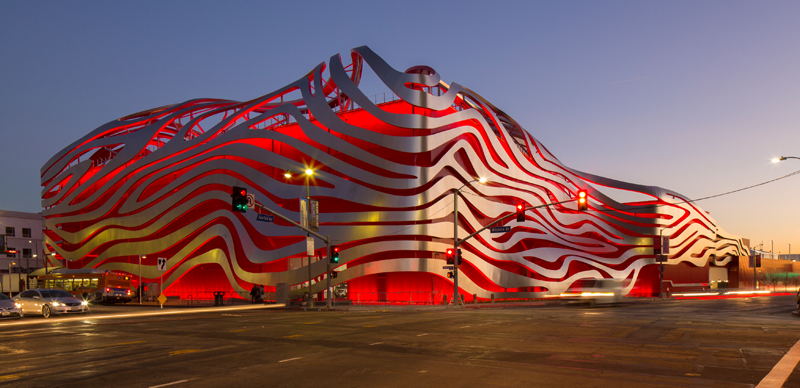
In 1948, after serving in the Army Air Corps during World War II, an ambitious 21-year-old “kid from Barstow” named Robert E. Petersen started Hot Rod magazine to cover the burgeoning custom car scene in Southern California. He rode his motorcycle from racetrack to racetrack selling issues for 25 cents. Five decades later, Petersen sold his publishing empire — which included Motorcyclist magazine and many others — for $450 million.
Having turned his passion for cars into a sizable fortune, Petersen and his wife Margie gave back with a generous financial gift to establish the Petersen Automotive Museum, which opened in 1994. After Petersen passed away in 2007, the museum’s board of directors — including current Board Chairman Richard Varner and Executive Director Terry L. Karges, both of whom are partners in the MotoAmerica racing series — embarked on an ambitious plan to reinvent the museum. A $90 million renovation transformed the Petersen into an architectural marvel, with stainless steel ribbons floating over the “Hot Rod Red” building, evoking speed and the organic curves of a coach-built automobile. At the opening gala in 2015, in addition to rare and significant cars, there were more than two dozen motorcycles personally curated by Varner — everything from a 1903 Thor/Indian Camelback to 1995 Ducati 916. Motorcycles are prominently displayed on all three floors of the Petersen, and the Richard Varner Family Gallery has featured a series of motorcycle exhibits showcasing customs, electric bikes and more.
— Greg Drevenstedt

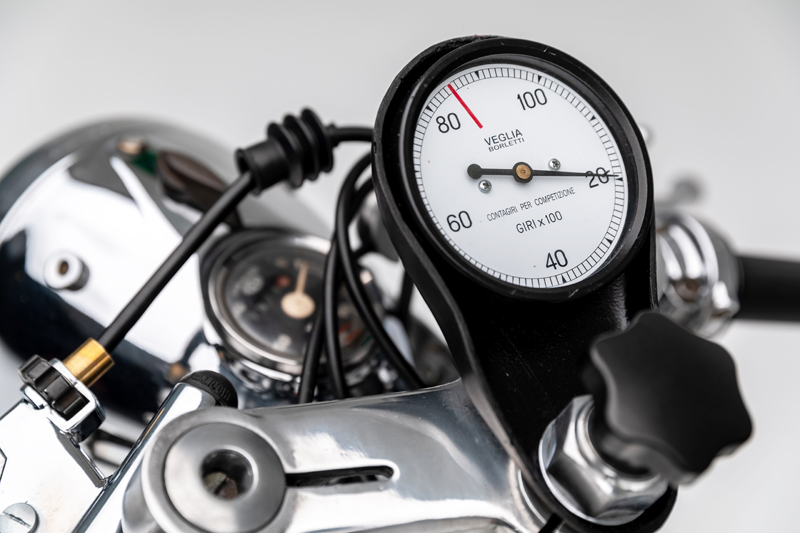
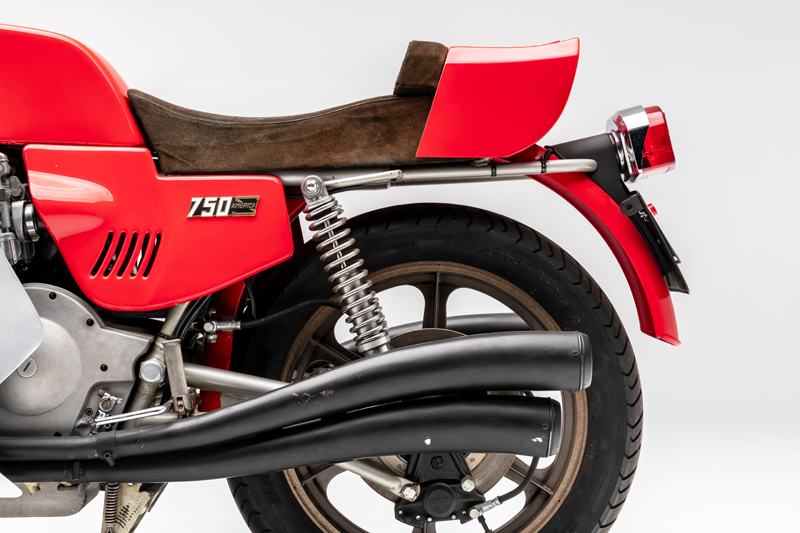
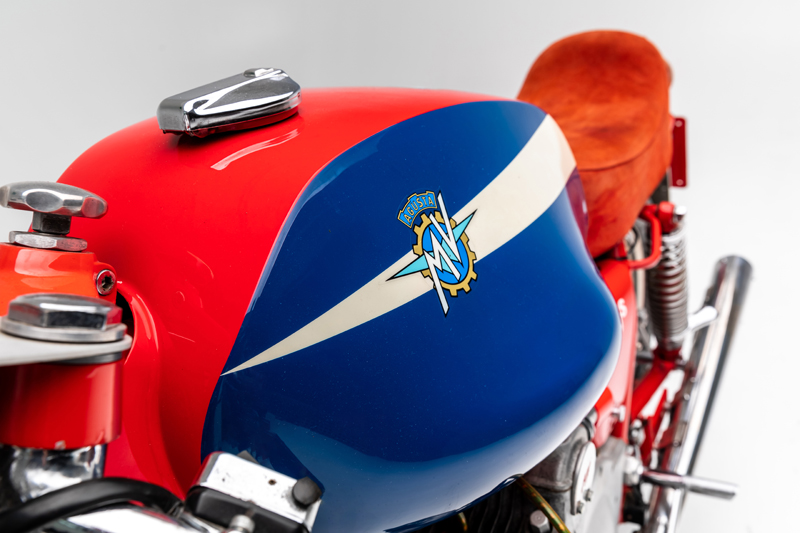
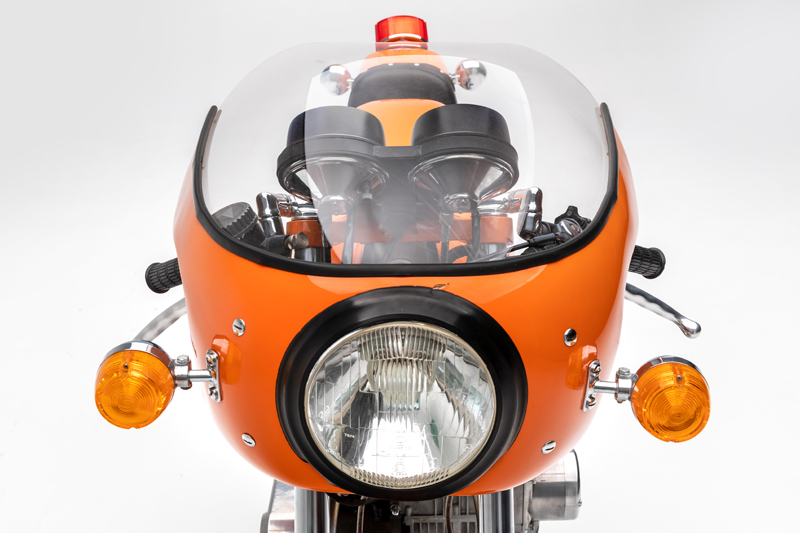
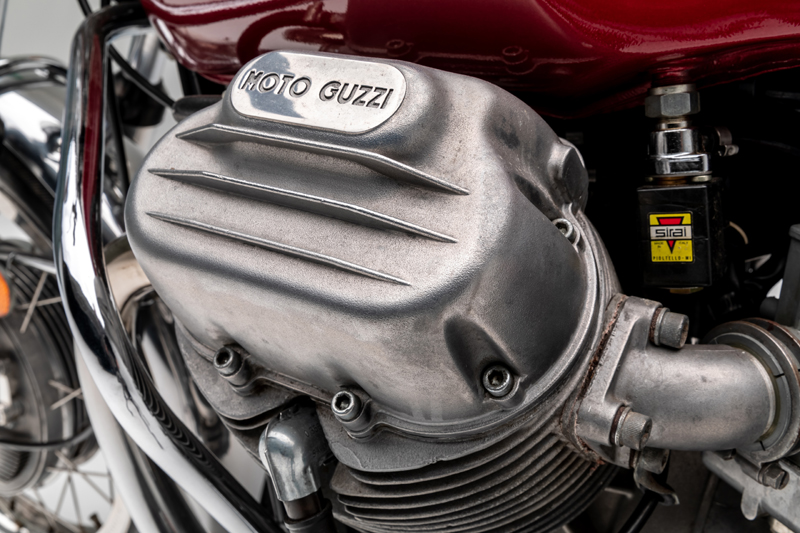
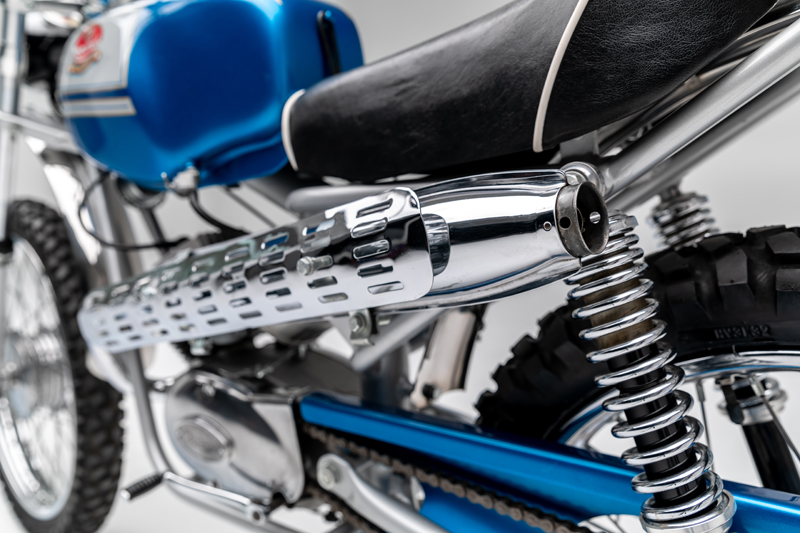
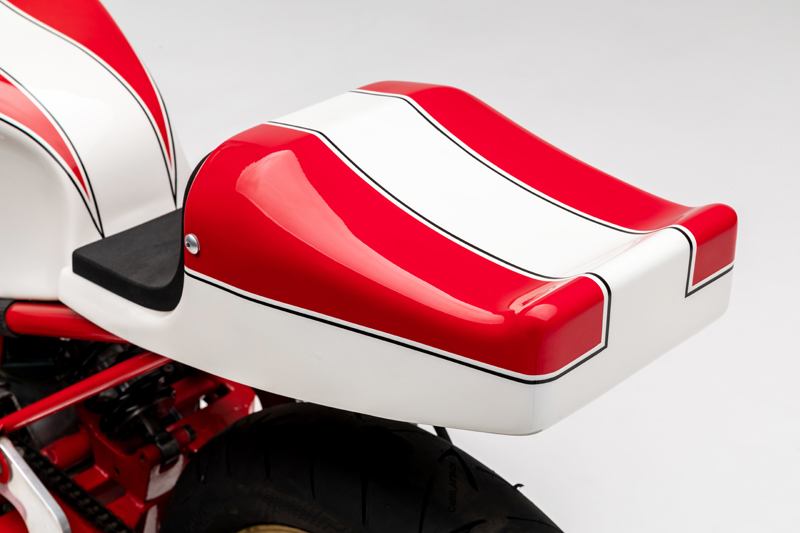
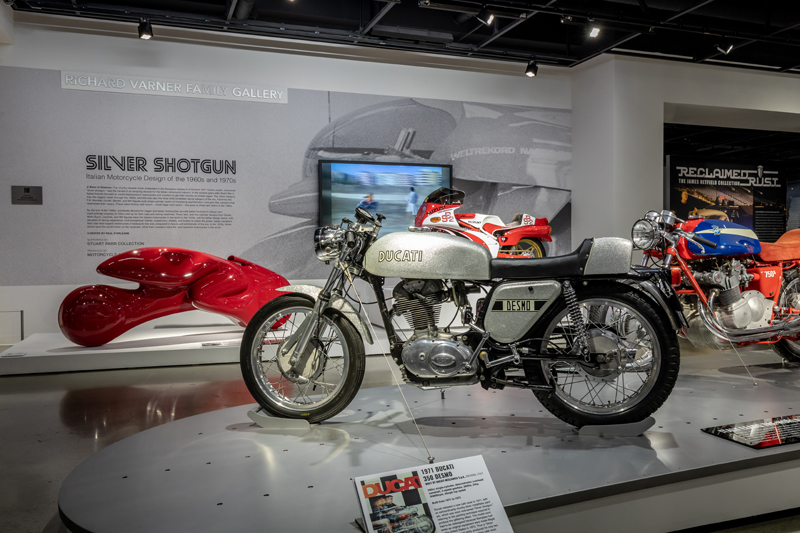
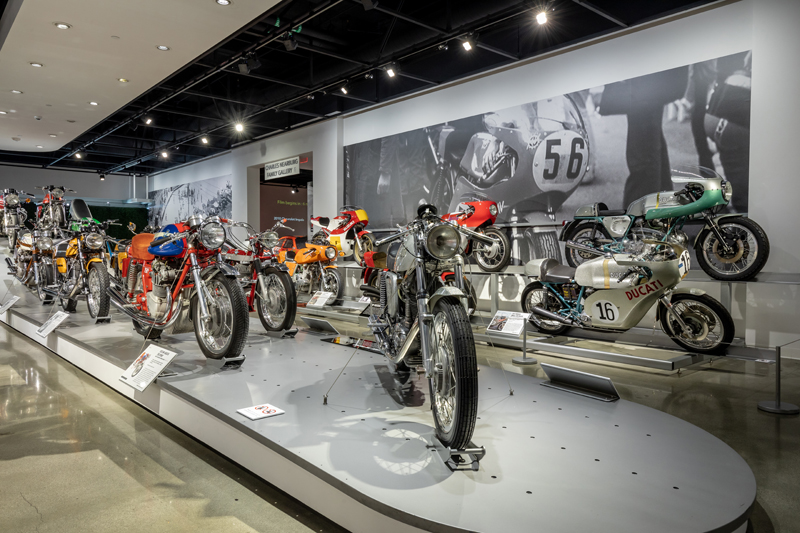







I had a Ducati 160cc Monza Junior, as I recall the name. Great for the price, pretty red candy apple tank, nice sound but not enough power to do more than 60mph chiming a hill on the highway. Cars used to try to push me up hills by riding my bumper. The threadlike throttle cable was stolen from a bicycle… needed to carry a spare. Clutch cables too.
Traded that for a 350 Sebring. Also a single, 1966. VERY nimble… could cow trail with ease and sort of hill climb in the dirt. Very light, ridiculous gas mileage, e.g. 80+mpg. BUT, glass bearings -replaced twice. 6V electrics which corroded marvelously… apparently it doesn’t rain in Italy. No column lock on either bike. One was stolen for a joy coast downhill. Neither had a real key… just an iron pin with a knob on the end you stuck into a hole in the headlight… a nail would do. You relied on the ignorance of thieves… and you had to learn the Art of Spoke Tightening without distorting the wheel, which is something I never had to do on a Jap bike.
Maybe it was the 60’s technology.